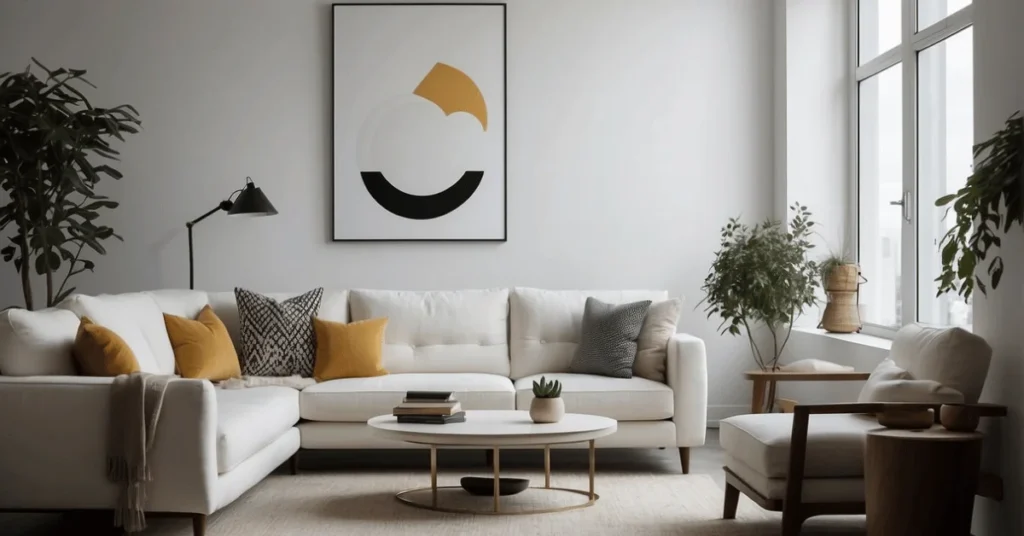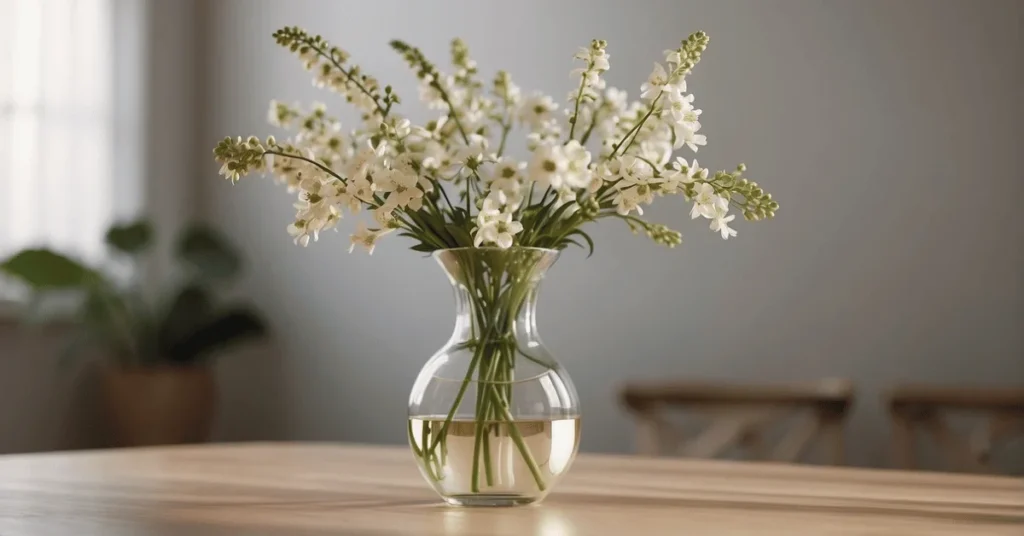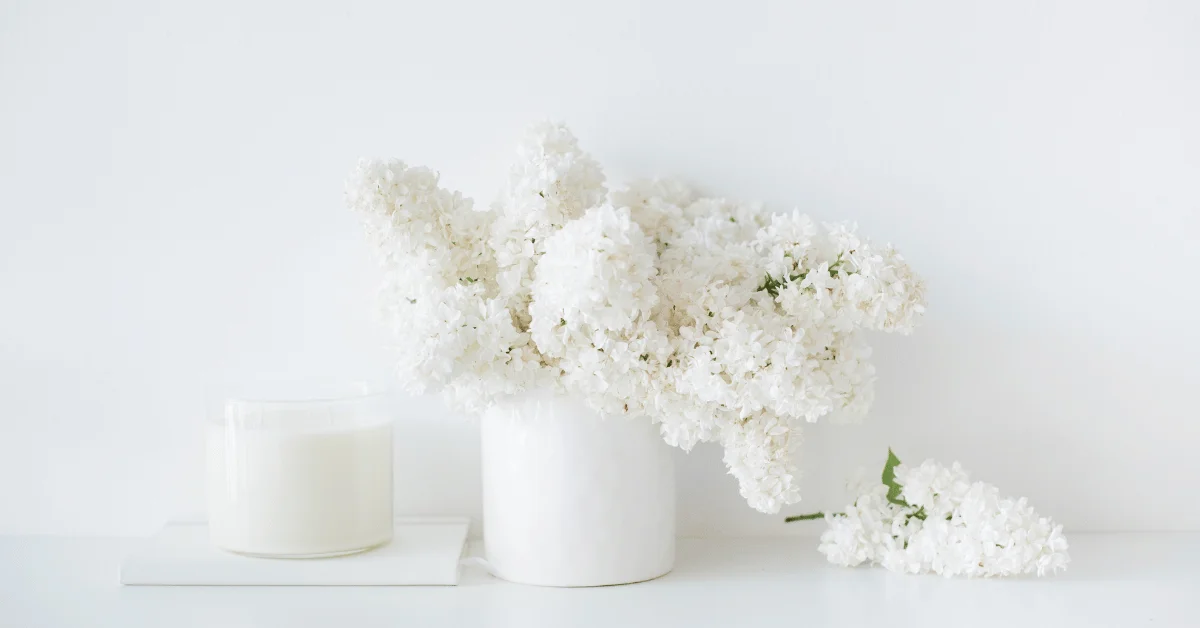Minimalist decorations champion the philosophy that less is more, and this design strategy has become a guiding principle for many of us looking to create a serene and clutter-free home.
Embracing minimalist decorations means selecting items with purpose and intention, stripping down to the essentials to achieve a calm and clean space. We focus on quality over quantity, choosing pieces that not only serve a functional purpose but also bring a sense of tranquility and simplicity to our living spaces.
The core of minimalist decorating lies in the careful curation of our surroundings. By eliminating excess and highlighting the beauty of simplicity, we create environments that reflect our personal style without overwhelming the senses. The use of light, a neutral color palette, and clean lines helps us to forge spaces that are both aesthetically pleasing and entirely livable. We celebrate the breathing room that minimalist decorations provide, allowing us to appreciate the individual beauty and utility of each element in our homes.
Key Takeaways
- Minimalist decorations embrace a less is more approach, focusing on quality and intentional choices.
- The essence of minimalism is to create a tranquil space with functional, simple, and aesthetically pleasing elements.
- By removing clutter and using a curated approach, we enhance the appreciation of each individual item in our living space.
Fundamentals of Minimalist Decorations Design
When it comes to minimalist design, it’s not just about what we choose to include, but also what we decide to leave out. By embracing “less is more,” we find power in simplicity, which emphasizes function and eliminates unnecessary clutter.
Principles of Minimalism
Our approach to minimalism hinges on clean lines and an uncluttered aesthetic. Every object we select has a purpose, supporting the idea that form follows function. We focus on creating a sense of space, allowing each piece to be appreciated for its simplicity and utility without the distraction of patterns or excessive details.
Choosing the Right Furniture
In our minimalist style, furniture must be as functional as it is beautiful. We opt for pieces with simple forms and prefer those that can serve multiple purposes. By choosing the right furniture, we ensure that it contributes to the overall minimalist design while being absolutely essential, adhering to the principle of less is more.
Incorporating Color and Light
Neutral colors are the backbone of minimalist design. We use them to create a tranquil and clean backdrop that makes spaces feel more open and light-infused. Strategic use of lighting can highlight the textures and subtle contrasts that might otherwise go unnoticed, giving minimalist spaces a warm, inviting glow. Minimalism isn’t solely about white walls; it’s about the right hues enhancing the sense of calm and space.
Creating a Minimalist Living Space

When we talk about embracing minimalist decor in our living room, we focus on a clutter-free environment, putting quality over quantity. It’s about selecting each piece carefully to create a functional, cozy, and comfortable space that’s both uncluttered and clean.
Selecting Decor and Artwork
In pursuing a minimalist aesthetic, we pick decor that resonates with simplicity and purpose. Each artwork or decorative item should serve as a focal point to draw attention, rather than adding to visual noise. For instance, we might choose a single oversized painting that speaks volumes, rather than a cluster of smaller pieces. This principle allows our space to remain uncluttered and our decor to be impactful, yet subdued.
Strategic Use of Space and Storage
Storage is the silent hero in a minimalist living room. We opt for furniture that doubles as storage, like a sleek coffee table with hidden compartments. This lets us keep our space clean by decluttering and only showcasing items that add to the room’s sense of comfort. When it comes to storage, we believe in quality over quantity; well-crafted storage solutions are essential to maintaining an uncluttered and functional living area. Our aim is always to enhance the room’s feeling of openness and space.
Key Elements of Minimalist Decorating

As we explore minimalist decorating, it’s crucial to understand its core principles: simplicity and functionality. Each decorative choice, from textiles to lighting, contributes to an atmosphere that embodies tranquility and a clutter-free environment.
Accentuating with Textiles and Fabrics
In minimalist spaces, textures play a pivotal role in adding warmth and interest. We opt for neutral-colored fabrics that enhance the calm aesthetic. Quality pieces such as wool rugs or linen drapes add a tactile dimension without overwhelming the space. It’s about selecting items that speak of comfort and sophistication. For instance, a soft, well-placed Scandinavian throw can invite a sense of serenity, complementing the minimalist approach.
Implementing Lighting and Accessories
The use of light, especially natural light, is fundamental in minimalist decorating. When selecting fixtures, like pendant lights, we aim for designs that are both functional and aesthetically pleasing, serving as understated focal points. Accessories should be chosen with intention—mirrors can be used strategically to bounce light around a room, creating an airy feel. Quality pendant lights add a touch of elegance. Decorative elements are kept to a minimum, but each piece, be it artwork or greenery, is chosen for its ability to enhance the space’s overall calm and warm appeal.
Frequently Asked Questions

In our exploration of minimalist home decor, we’ve encountered several recurring inquiries. Understanding these aspects is key to embracing the elegance of minimalism.
How can I achieve a minimalist style in my living room?
To create a minimalist style in your living room, start by clearing clutter and opting for furniture with simple, clean lines. Maximizing natural light and incorporating open spaces can enhance the serenity and warmth of the area.
What are essential items for minimalist home decor?
Essential items for minimalist home decor are those that combine functionality with simple aesthetics—think a comfortable yet sleek sofa, practical lighting, and intentional decor that serves a purpose while adding to the cohesive look of your space.
In minimalist design, what is the philosophy behind using less?
The minimalist design philosophy is rooted in the idea that less is more. Using fewer items means each piece is chosen with intention and contributes to a tranquil and uncluttered environment.
What are the key principles of decorating a bedroom with a minimalist decorations approach?
Embrace clean lines, a restrained color palette, and textural elements to add interest without overwhelming the space. Choosing multi-functional furniture, like a platform bed with built-in storage, can keep the room open and airy.
How can I create a minimalist decorations with a DIY approach?
A DIY approach to minimalist decorations might involve repurposing existing items, choosing to decorate with simple handmade pieces, or using a limited color scheme to create harmony and balance in your space.
What strategies can be used to maintain a minimalist aesthetic in a small space?
Employ furniture that doubles as storage, use light colors to make the space feel larger, and be rigorous with decluttering to ensure everything has its place. Emphasize quality over quantity to maintain a minimalist decorations aesthetic in a small space.


